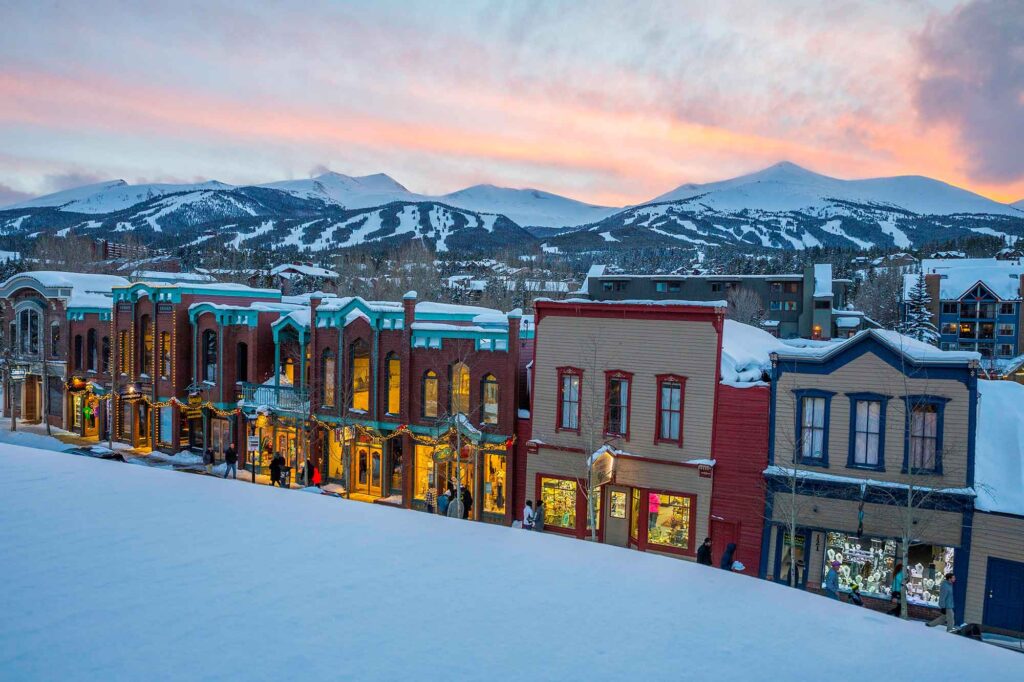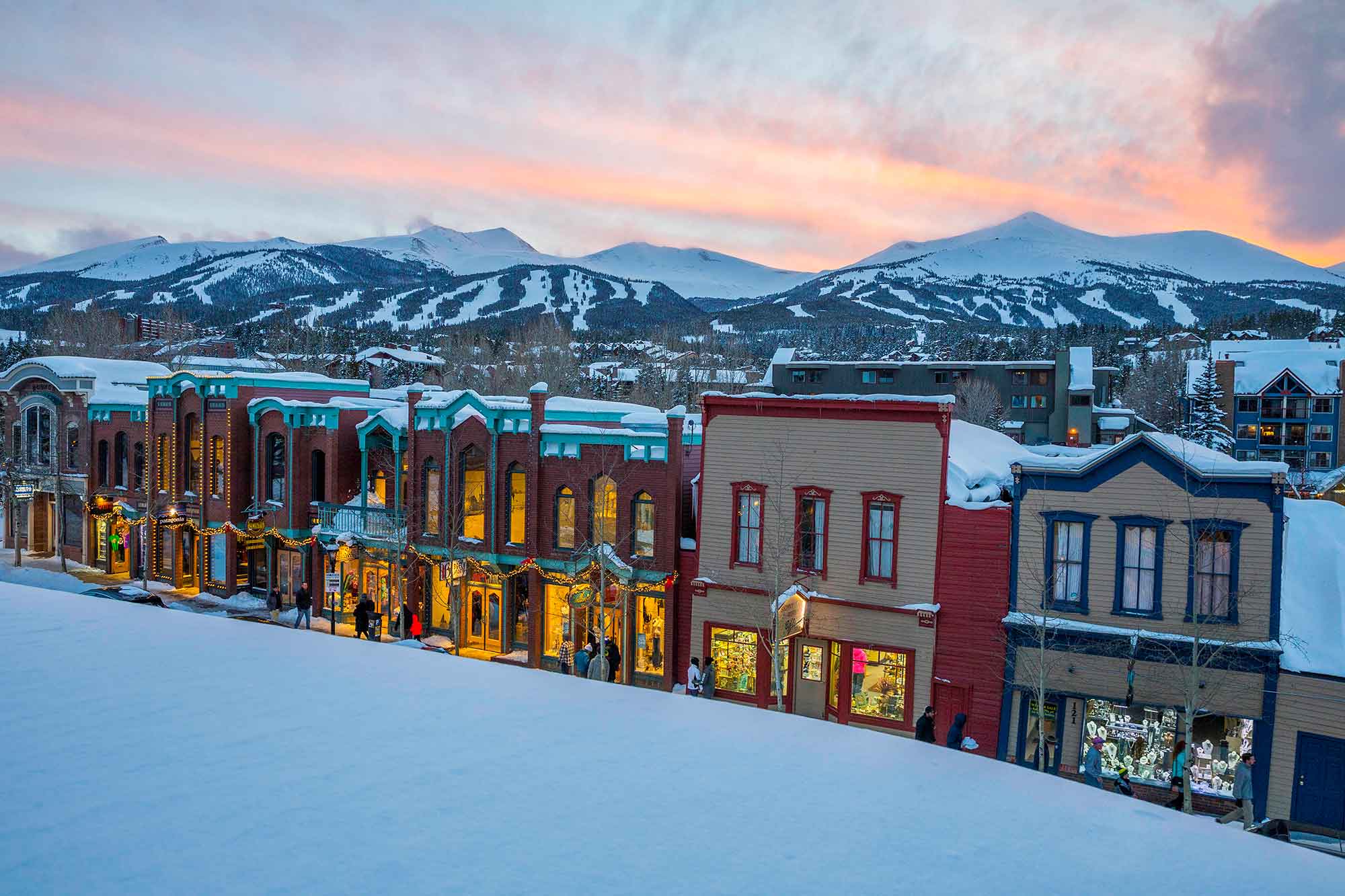
Capturing the Majesty: Exploring the Breathtaking Breckenridge Landscape
Breckenridge, Colorado, a town renowned for its world-class skiing and historic charm, offers more than just snowy slopes. The Breckenridge landscape is a diverse tapestry of towering peaks, pristine forests, and crystal-clear waters, making it a haven for outdoor enthusiasts and photographers alike. This article delves into the captivating beauty of the Breckenridge landscape, exploring its unique features, recreational opportunities, and the best ways to experience its natural wonders. From the iconic views from Boreas Pass to the serene trails along the Blue River, we’ll uncover the secrets of this alpine paradise.
A Geographical Overview of Breckenridge
Nestled in the heart of the Rocky Mountains, Breckenridge sits at an elevation of 9,600 feet. This high altitude contributes significantly to the dramatic Breckenridge landscape. The Tenmile Range, a prominent mountain range, dominates the western skyline, providing a stunning backdrop to the town. The Blue River, a vital waterway, flows through the valley, shaping the environment and offering numerous recreational opportunities. The surrounding forests are composed primarily of lodgepole pine, aspen, and spruce trees, adding vibrant colors throughout the seasons.
The geological history of the region has played a crucial role in sculpting the Breckenridge landscape. Glaciers once covered the area, carving out valleys and leaving behind moraines and other glacial features. Erosion from wind and water continues to shape the mountains and valleys, creating the unique and rugged terrain that defines the area.
Iconic Views and Scenic Drives
One of the most popular ways to experience the Breckenridge landscape is through scenic drives. Boreas Pass Road, a historic route used during the mining era, offers panoramic views of the surrounding mountains and valleys. The road winds through aspen groves and meadows, providing ample opportunities for photography and wildlife viewing. At the summit of Boreas Pass, visitors can enjoy breathtaking vistas of the Continental Divide and the surrounding peaks.
Another notable drive is along the Dillon Reservoir, a large body of water that reflects the surrounding mountains like a mirror. Several pull-offs along the highway provide stunning views of the reservoir and the surrounding Breckenridge landscape. The reservoir is also a popular spot for boating, fishing, and other water activities.
Hiking and Biking Trails: Immersing Yourself in Nature
Breckenridge boasts an extensive network of hiking and biking trails that cater to all skill levels. From leisurely strolls along the Blue River to challenging climbs to mountain summits, there’s a trail for everyone. The trails offer unparalleled access to the Breckenridge landscape, allowing visitors to immerse themselves in the beauty of the natural environment.
The Blue River Recreation Path is a paved trail that follows the river through town and beyond. It’s a popular choice for families and casual cyclists looking for a scenic and easy ride. For more experienced hikers, the McCullough Gulch Trail offers a challenging climb to a stunning alpine lake surrounded by towering peaks. The Spruce Creek Trail leads to a series of waterfalls and historic mining sites, providing a glimpse into the area’s rich history. [See also: Breckenridge Hiking Trails for All Skill Levels]
The Changing Seasons: A Landscape in Constant Transformation
The Breckenridge landscape undergoes a dramatic transformation throughout the year. In the spring, wildflowers blanket the meadows in a riot of color, while the snow begins to melt, revealing the lush green valleys below. Summer brings warm temperatures and sunny skies, perfect for hiking, biking, and exploring the outdoors. Autumn is perhaps the most spectacular season, as the aspen trees turn a brilliant gold, creating a breathtaking display of color. Winter, of course, transforms the area into a winter wonderland, with snow-covered peaks and frozen lakes.
Each season offers a unique perspective on the Breckenridge landscape. The vibrant colors of autumn are a photographer’s dream, while the snow-covered peaks of winter provide a stunning backdrop for skiing and snowboarding. The wildflowers of spring bring a sense of renewal, while the warm temperatures of summer invite visitors to explore the outdoors.
Wildlife Encounters: Observing the Local Fauna
The Breckenridge landscape is home to a diverse array of wildlife, including elk, deer, moose, bears, and various species of birds. Observing these animals in their natural habitat is a rewarding experience, but it’s important to do so responsibly. Always maintain a safe distance from wildlife and never feed them. Keep food properly stored to avoid attracting bears and other animals.
Early morning and late evening are the best times to spot wildlife, as these are the times when animals are most active. Look for tracks and other signs of wildlife along the trails. Remember to respect the animals and their habitat, and leave no trace behind.
Preserving the Breckenridge Landscape: Conservation Efforts
The beauty of the Breckenridge landscape is a precious resource that must be protected. Several organizations are working to conserve the natural environment and promote sustainable tourism. These efforts include protecting watersheds, restoring forests, and educating visitors about responsible recreation. Supporting these organizations is a way to help ensure that future generations can enjoy the beauty of Breckenridge.
Responsible tourism practices are essential for preserving the Breckenridge landscape. This includes packing out all trash, staying on designated trails, and respecting wildlife. By following these guidelines, visitors can minimize their impact on the environment and help protect the natural beauty of Breckenridge.
Photography Tips: Capturing the Beauty
The Breckenridge landscape offers endless opportunities for photographers of all skill levels. From sweeping panoramic views to intimate close-ups of wildflowers, there’s a shot waiting to be captured around every corner. Here are a few tips for taking stunning photos of the Breckenridge landscape:
- Shoot during the golden hours: The hour after sunrise and the hour before sunset offer the best light for landscape photography.
- Use a tripod: A tripod will help you keep your camera steady, especially in low light conditions.
- Experiment with different compositions: Try different angles and perspectives to find the most compelling composition.
- Pay attention to the details: Look for interesting textures, patterns, and colors in the landscape.
- Capture the changing seasons: Each season offers a unique perspective on the Breckenridge landscape.
The Future of the Breckenridge Landscape
The Breckenridge landscape faces several challenges in the coming years, including climate change, increasing population, and growing tourism. It’s crucial that we take steps to mitigate these challenges and protect the natural environment for future generations. This includes investing in renewable energy, promoting sustainable development, and educating visitors about responsible recreation. By working together, we can ensure that the Breckenridge landscape remains a beautiful and vibrant place for years to come.
The enduring allure of the Breckenridge landscape lies in its raw beauty and the sense of adventure it inspires. From the towering peaks to the serene valleys, every corner of this alpine paradise offers a unique and unforgettable experience. Whether you’re hiking, biking, skiing, or simply enjoying the view, the Breckenridge landscape is sure to leave a lasting impression. [See also: Best Time to Visit Breckenridge for Landscape Photography]

